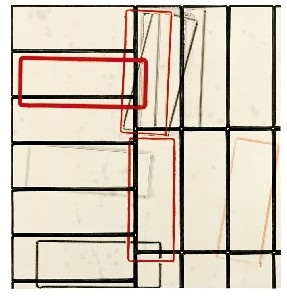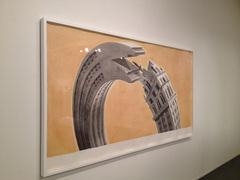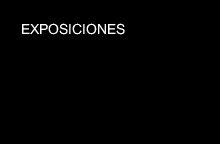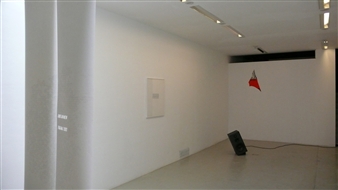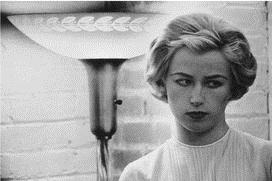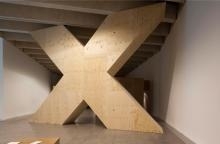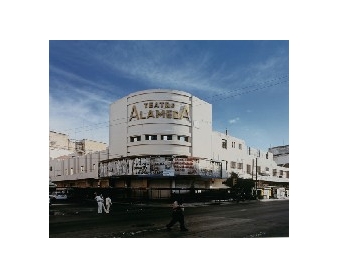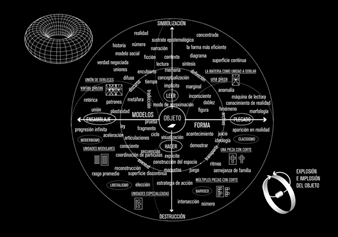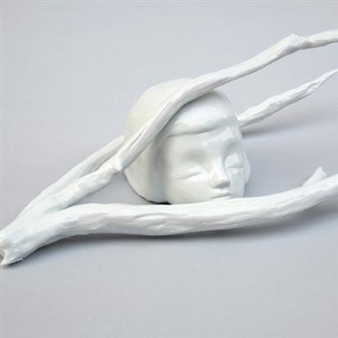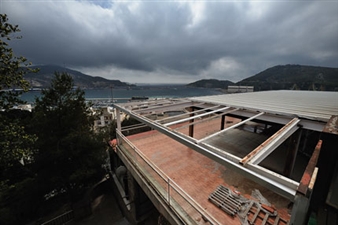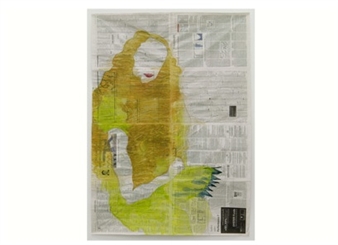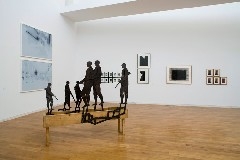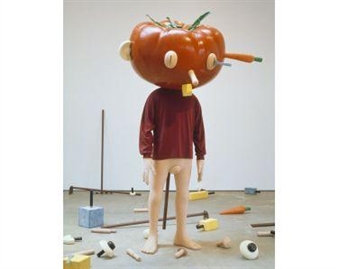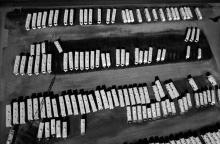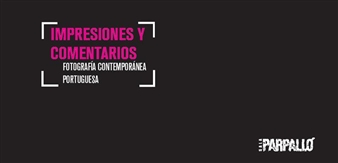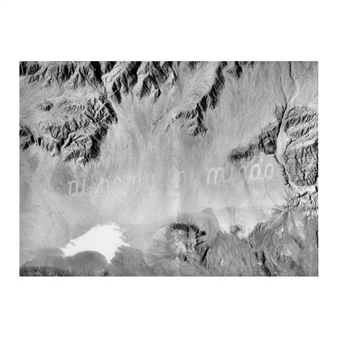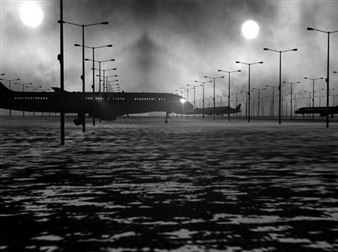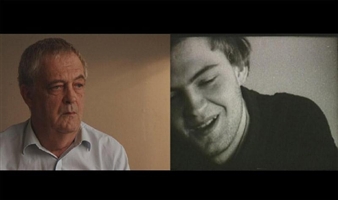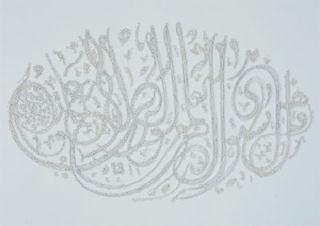OSS#VLC
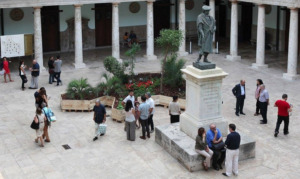
Centre Cultural La Nau, Comunidad Valenciana, Valencia, 09/08/2015 - 05/22/2016
C/ Universitat, 2, 46003 Valencia
Since Friday 18 September you can visit in the Cultural Centre La Nau the new edition of the project “Outer Seed Shadow” (OSS), which the artist Juanli Carrión has created for Valencia.
The project, that has been installed in the cloister of La Nau, is part of the “OSS” geopolitical garden series that Carrión started in New York in 2014. OSS is composed of interventions of public art where the merger between flora and human interaction takes place. By using different plant species as representatives of social groups or individuals, OSS is the result of a research that can be done at different geographical levels, such as township, city, district, neighborhood or building. In this case, the map of Valencia City will shape the structure of the garden where each of the plants has been selected by 19 immigrants who live in the different neighborhoods of the city (one per each district).
The garden is created progressively through videotaped interviews, where the people selected identify plants whose location in the garden is determined by the place of residence of the people interviewed. The choice of the cloister of La Nau as the location of the garden relates to the parterre that historically was located in the centre of the same. The design of its flora underwent different stages until the 20th century when was finally eliminated.
OSS uses for its edition in Valencia the recent history of immigration of the city and its geographical plotting as geopolitical boundaries for creating the garden. The 19 interviews bring us closer the 19 stories of adaptation and cultural identity whose representation is also projected through the placement of plants in the parterre (this represents the outline map of the city). In this case the interviews focus on cultural identity, its definition and evolution at local level, but also at state and European level at a moment in which Europe is not able to bear the current refugees drama, or even to define a collective cultural identity from the point of view of immigration. All interviews can be watched in this exhibition or on the website of the project: www.outerseedshadow.org
On the other hand, the interrelation between plants and the origin countries brings us combinations such as: Geranium (Algeria), Peppermint (Cuba), Bamboo (Taiwan), Eucalyptus (Kurdistan), Tomato Plant (Greece). The plantation of these groups of species presents what we call an ‘impossible garden’, whose coexistence development and adaptation to ‘the community’ will offer us arguments for a debate on human interaction, besides botany.
Likewise, the garden will serve us a context for the development of a research structured through a series of activities open to the public: During several months the installation will work as a community garden, around which weekly workshops will be organised in collaboration with other groups or local institutions. These workshops will be used as tool for maintaining the garden and thus ensuring that all plants will survive while the different interactions that inform us about the conflict proposed by the garden are analysed. The result of OSS will consist in a discussion generated by both the people interviewed and the visitors, about the interactions of the local community and the policy of the issues tackled in each garden.
In terms of plant migration, the outer seed shadow is a region where exist an influx of seeds but where, due to environmental adverse conditions the germination or the survival of the sprouts is repressed, causing the decrease of this specie in the region. This determines the name of the project serving as a counterpoint for the mythical idea of the human being in a “land of opportunities”.
For More Information
